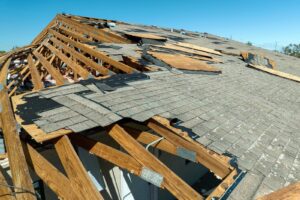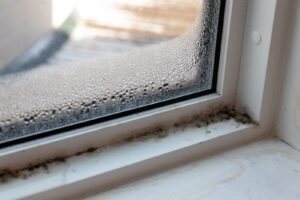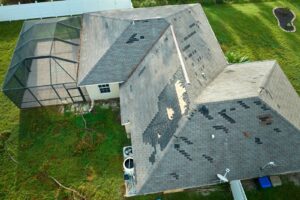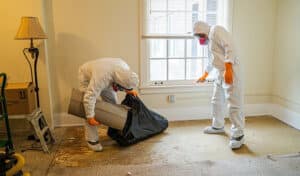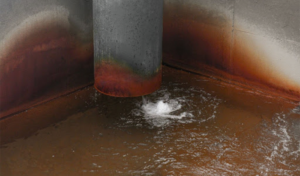Floods can happen suddenly and unexpectedly. Even if you are prepared for emergency situations, they still take their toll. If you find yourself in a stressful situation of a flood—follow these steps to ensure the best outcome.
1. Find Out if you’re in a Disaster Area.
If there is flooding, there is a problem. It could just be from a problem within your home, but to ensure your safety and the safety of your family, find the source of the flooding first. Is your house in a disaster area? A region may be declared a “disaster area” by the government which would indicate that property owners have additional access to public services and resources. If the flood is serious enough that you need to evacuate your home, call the authorities. If you can stay put, be that you avoid additional risks by turning off water and electrical sources in your home.
2. Take Pictures.
Once you have determined that you and your family are safe, start documenting the flood and potential damage—this is mainly for insurance purposes. You should take pictures before you move or repair anything. Pictures and video proving the event and damage could help you increase the extent of your coverage.
3. Call Your Insurance Company.
Notify your insurance company as soon as possible of the flood and any potential damage. Contact your insurance agent first and ask for clarification on how to move forward. Before you start cleaning up the mess and assessing the damage, check in with your insurance to be sure that you won’t do anything to impact your coverage.
4. Remove Water.
Once you’ve gotten the green light to remove the water, use a sump pump. You can buy one of these at most hardware or home supply stores. You may also be able to use a wet vac, depending on the extent of the water. After the water is removed, open door and windows to air out the area and allow air to circulate through. This will help it to dry out quicker.
5. Prevent Additional Damage.
After a flood, there are be additional damage. Mold can start to grow within the first 24 to 48 hours. To avoid this—remove all wet contents (furniture, rugs, bedding, etc.) as soon as possible, open windows and doors to get fresh air, and use a fan to create air circulation.
6. Call RestoreMasters
If you have experienced a flood in your home recently, contact RestoreMasters. Our trained team of experts will ensure your family’s safety and do all they can to restore your home to its former glory as soon as possible. Even if you are able to deal with the flooding yourself, there are often unseen residual effects. You could have some damage to your home’s frame or foundation. You could have unseen mold growth. There are many possibilities. To ensure the best possible outcome after a flood, contact RestoreMasters.


